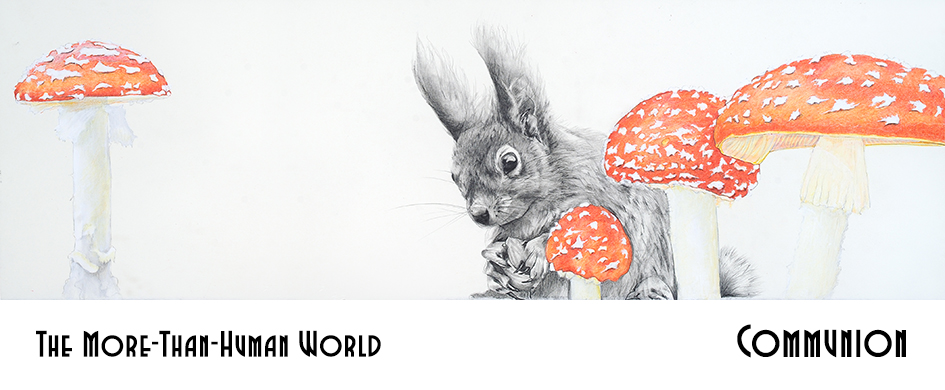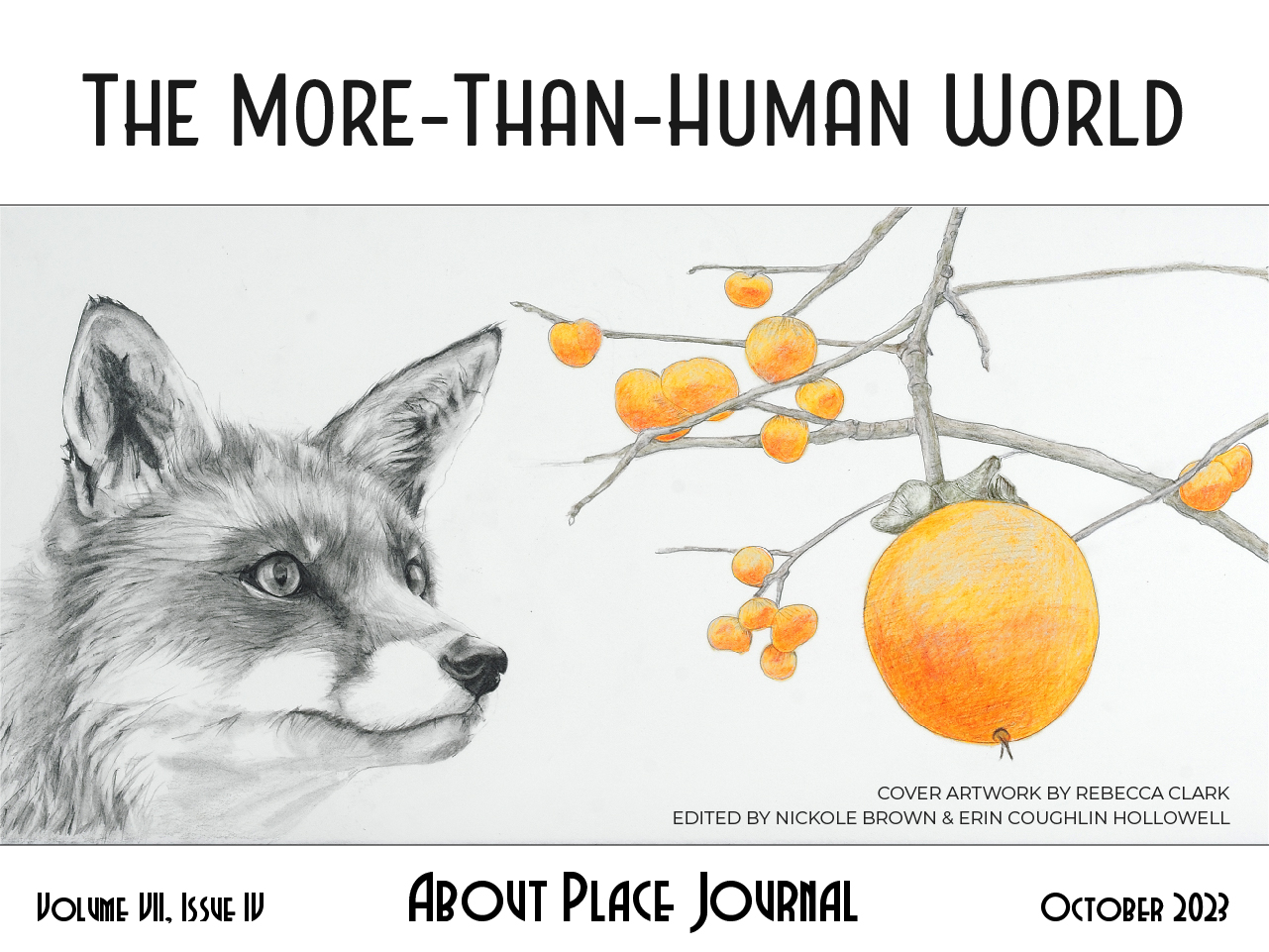metal plate. Did you know the word for that plate—an escutcheon—refers also to a place
on the rear of a cow? Her thigh hair grows down, toward grass and ground; but on the skin
between her thighs, from udder to vulva, the grain is up, turned skyward.
This is the part of her coat you see when you stand behind her. Where the two
directions of growth meet, feathered lines catch light like seams in velvet.
Certain dairy farmers will tell you that those lines, the contours of the escutcheon,
hold clues about a cow’s milk yield and percent butterfat. You just have to know
how to read them.
Reading them, though, I’m more interested in other clues ciphered there, not about
the cow’s body but about the mind that inscribes images on her. Someone,
somewhere, gazed at a bovine backside and saw an escutcheon—and it’s true, this
supple area of her anatomy is a door, or is treated that way: as the point of access for
breeding, calving, milking; as the place a butchering blade enters and turns to unhitch
her viscera, just before she is sundered.
Ok, I lied, that’s one interpretation—the door—but it’s probably not the source of the name.
Escutcheon has an older definition: it’s a shield depicting a coat of arms.
It is, in other words, an emblazoned object that signals dominion.
Although the name, on a cow, came, I think, more from the tapered shape than
anything else, the word still clatters like metal, brands like metal, lays claim to her
with metaphor. But then, maybe the only thing a word domesticates is the eye,
looking at her.
Look at her, standing there, no part of her a locked door or hard shield.
Far from it, says her slow gait as she wades into clover, tossing her head
so a legion of flies lifts, momentarily, off her back.


